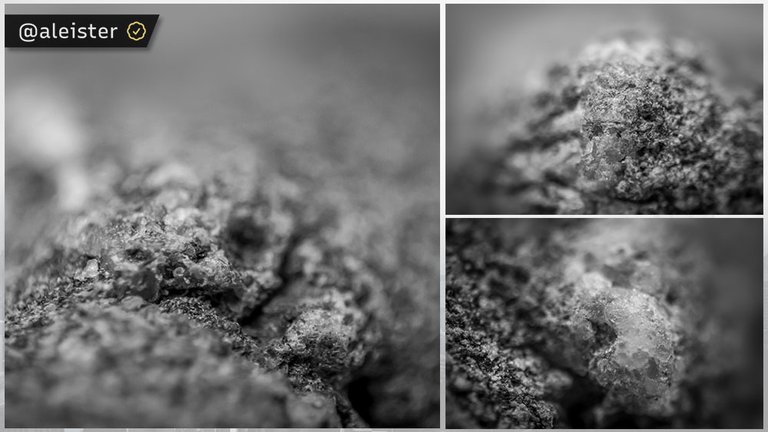
Hi everybody :)
The photography session presented here delves into the macro and abstract universe, highlighting the intrinsic beauty of an object as banal as a small stone. This element, without great textures or visual contrasts at first glance, proved to be surprisingly interesting when the focus of the lens was positioned on a subtle filament in its middle, the stone provided a play of lights and shadows that was enhanced by the deliberate choice of this technical approach. . This decision not only contrasts with previous series, which explored a vibrant palette of colors, but also ushers in a new trend of visual exploration focused on simplicity, abstract shapes and subtle details.
Used equipments
Camera: Canon EOS 600D Digital SLR with CMOS sensor
Lens: EFS 18-55mm with f/2 maximum aperture, allowing shallow depth of field and capturing fine details.
Used inverter ring
Tripod: not used
Lighting: Adjustable LED lights to provide soft, even lighting, avoiding harsh shadows and highlighting the details of structures.

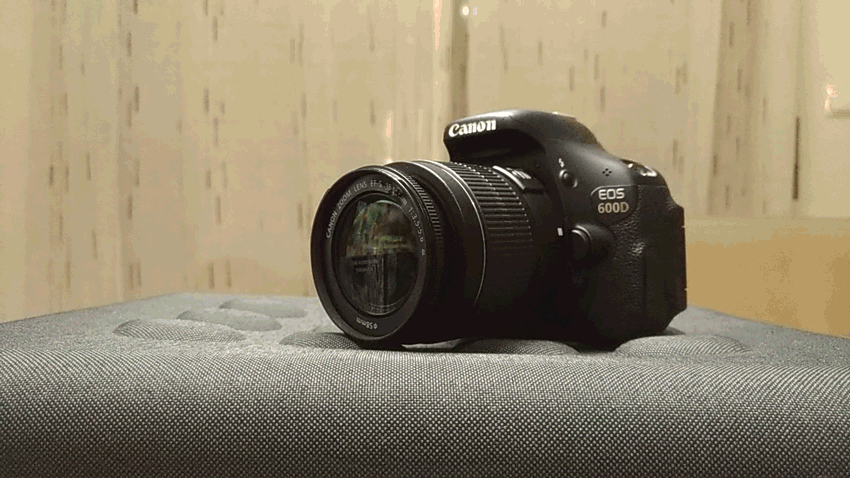
Among the numerous techniques available for macro photography, this method is arguably the most cost-effective and efficient for individuals possessing a camera with a removable lens. By simply detaching the lens and reversing its direction, and employing an inversion ring, the process becomes more manageable and streamlined.
Technical Description of Macro Photography Session
Camera Settings
Focus Mode: Manual focus to ensure precision in specific details of the structure.
Aperture: Variable aperture between f/0 and f/2 for adequate depth of field, ensuring all important details are in focus.
ISO: Low ISO setting (800) to minimize noise in images.
Shutter Speed: Adjust shutter speed as needed to avoid underexposure, while maintaining a value that allows you to capture sharp details.
Procedures
- Environment Preparation:
Assembling the macro photography set in a controlled environment, minimizing the presence of dust and ensuring a clean and white surface for positioning the subject. - Section Positioning:
Placing the subject in position that highlight the unique characteristics, using appropriate supports to keep the example stable. - Lighting Adjustment:
Setting the LED lights to provide uniform illumination, adjusting the intensity and angle of the lights to eliminate unwanted shadows. - Image Capture:
Taking multiple shots with variations in aperture settings, shutter speed and capture angle, exploring different perspectives and compositions. - Image Review:
Immediate analysis of images captured on the camera's viewfinder to ensure that all desired details were captured sharply and clearly. - Post-Production Editing:
Importing images into editing software (Adobe Photoshop CS) to adjust brightness, contrast, sharpness and remove any imperfections.
Let me present today’s model:
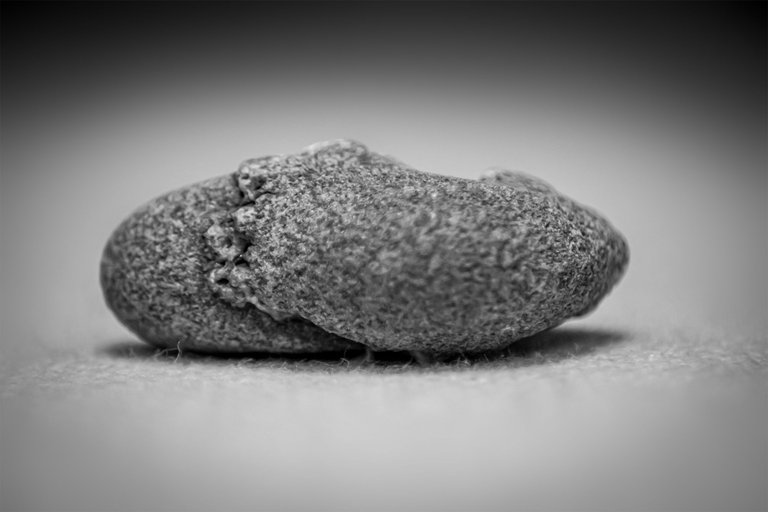
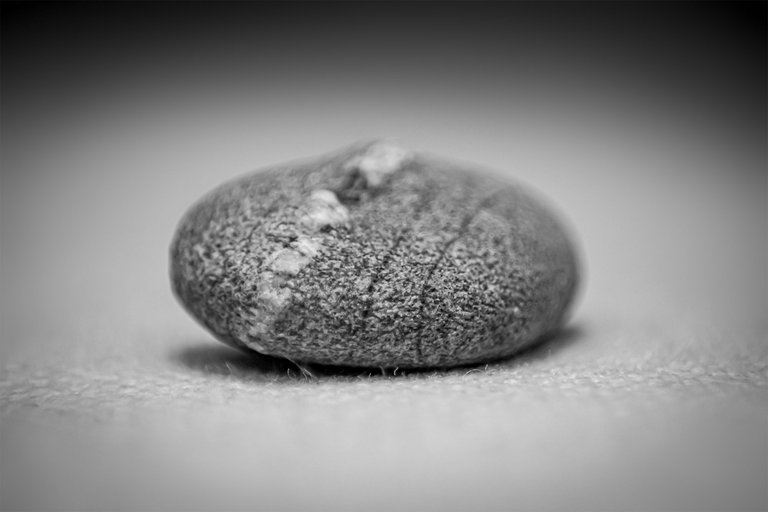
Before moving onto the result...
- My introductory thoughts about macro photography:
The field of macro photography offers infinite possibilities and boundless creativity. Through macro lenses, with their ability to produce smooth blurring, it is possible to create images rich in contrast and texture. This technique unveils intricate details, invisible to the naked eye, as if a new universe unfolds before the lens. The captivating aspect of macro photography lies in its ability to transform the mundane into art, where each image tells a unique story. With no limits to what can be captured, the ordinary becomes extraordinary, and even the smallest details evoke surprise.

Let's now move onto the result:
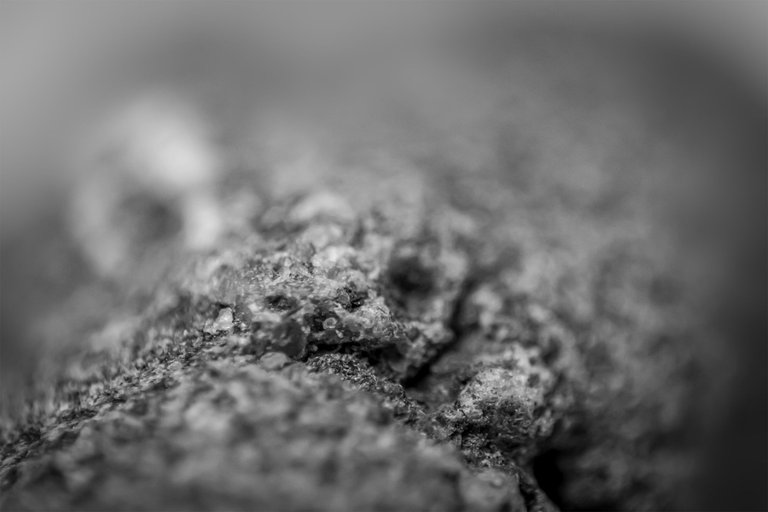
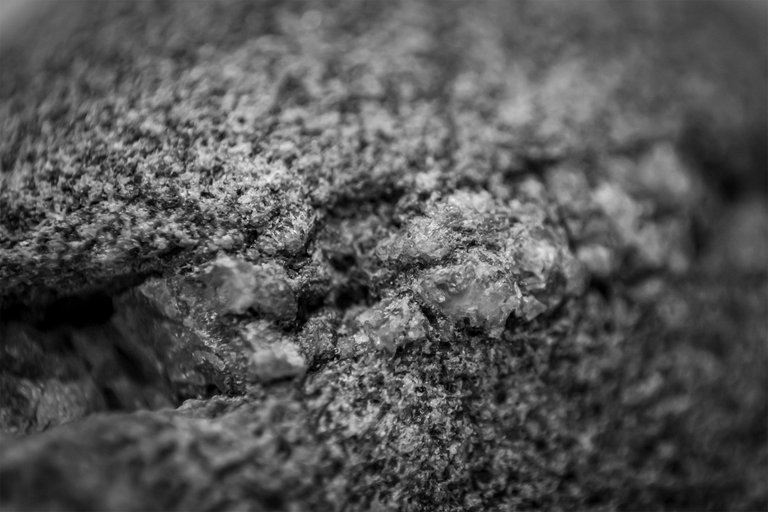
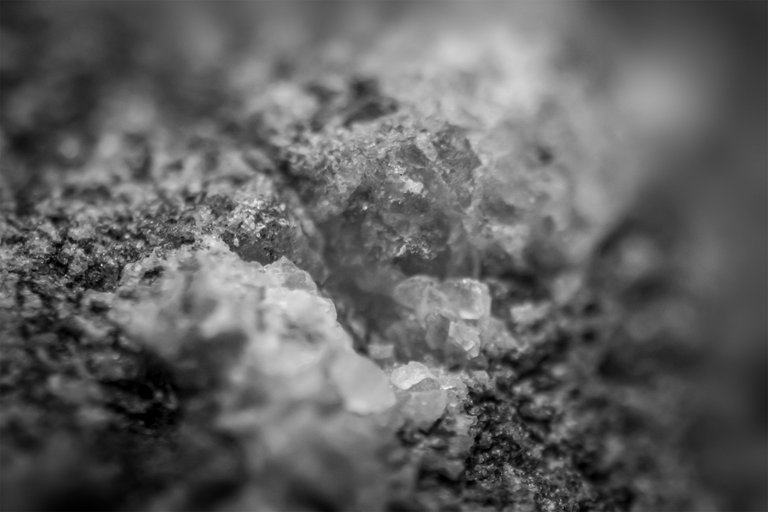
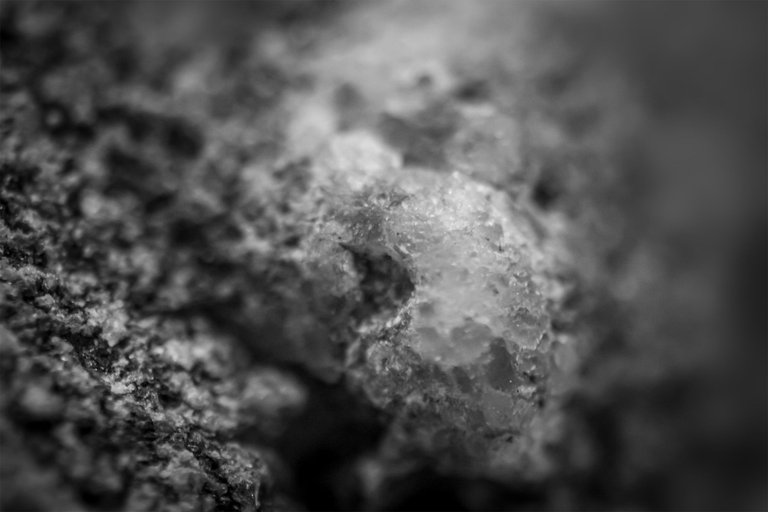
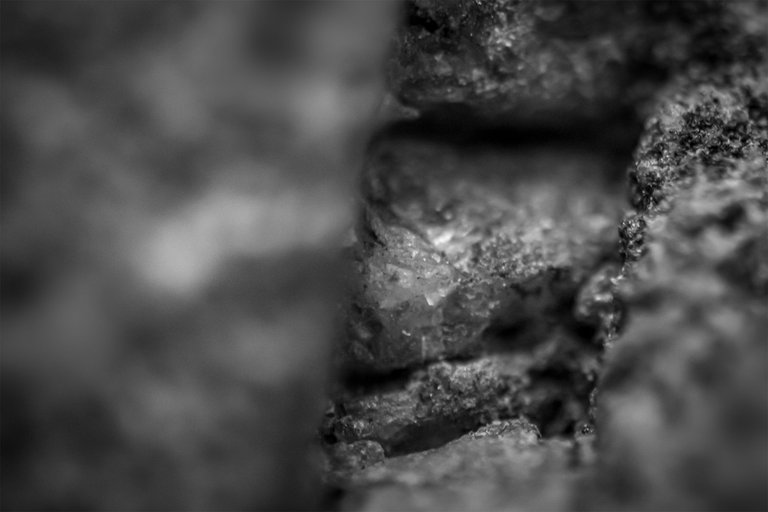
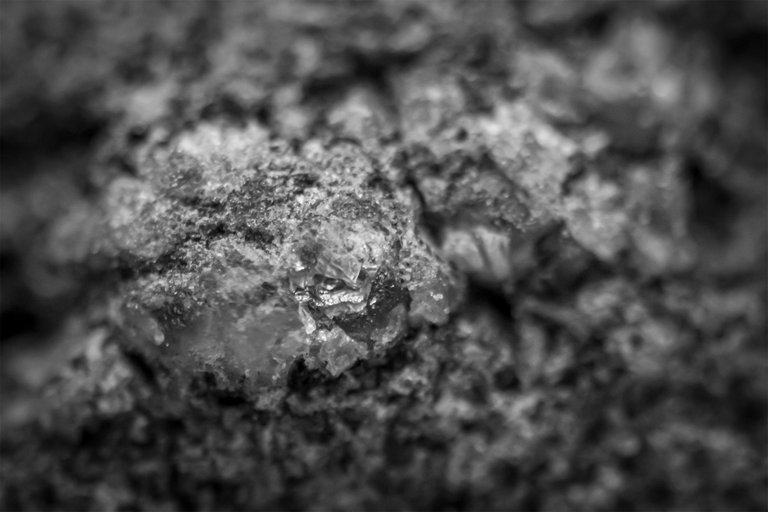
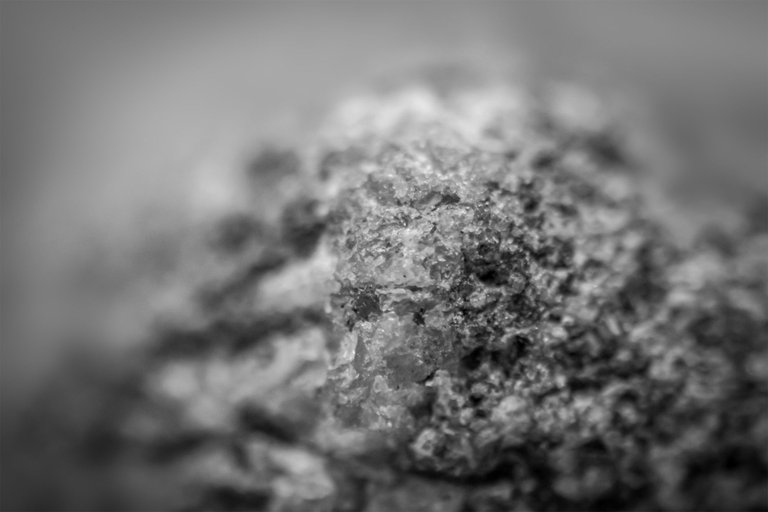
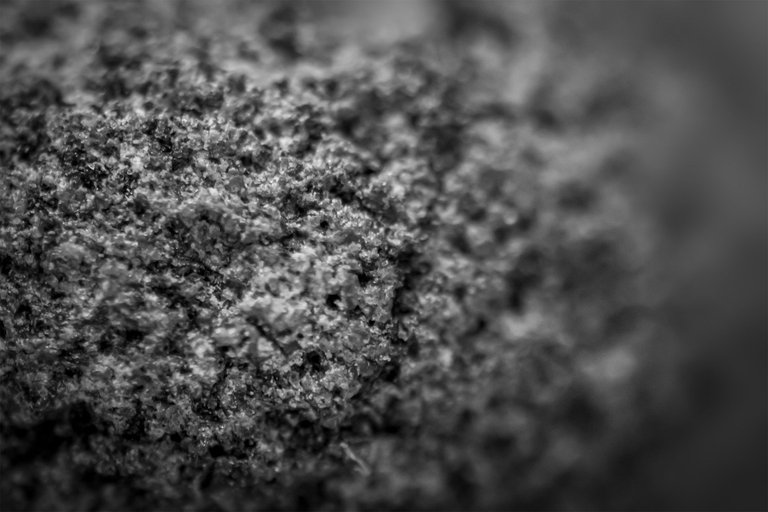
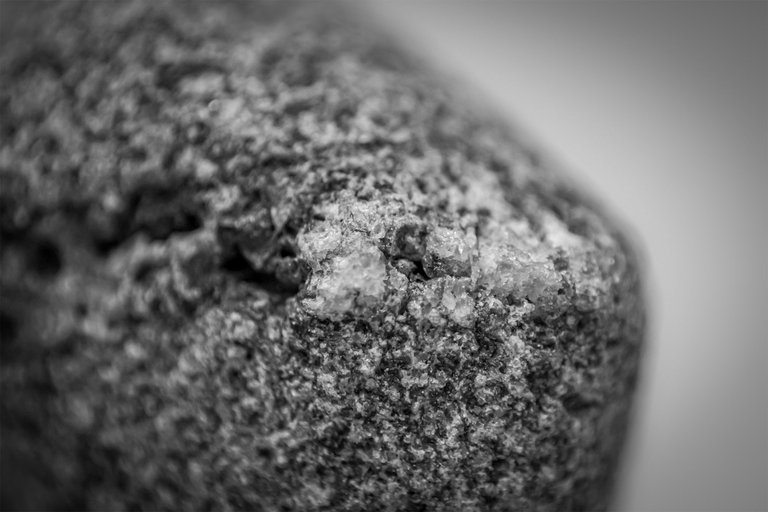
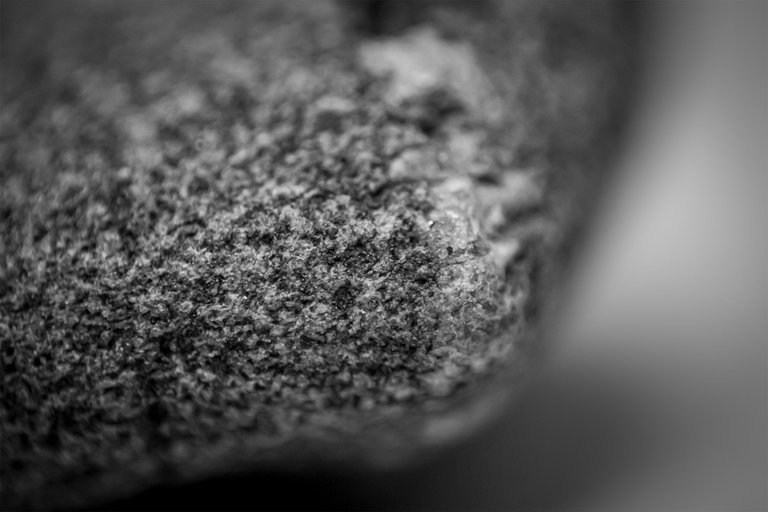
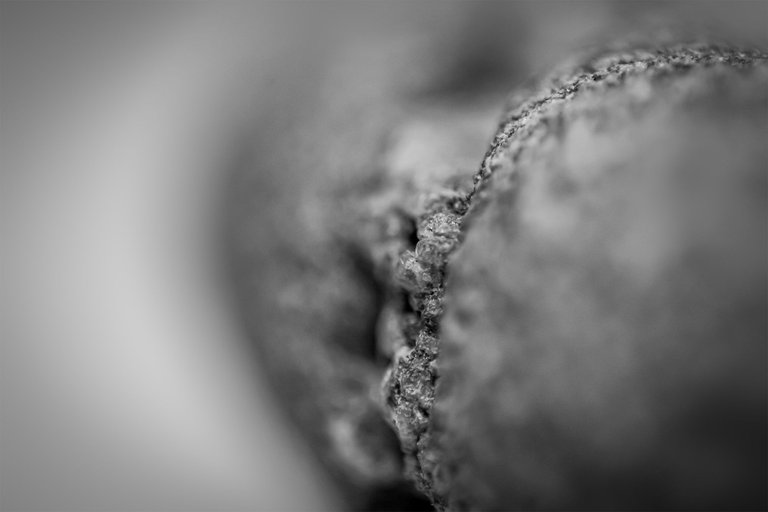
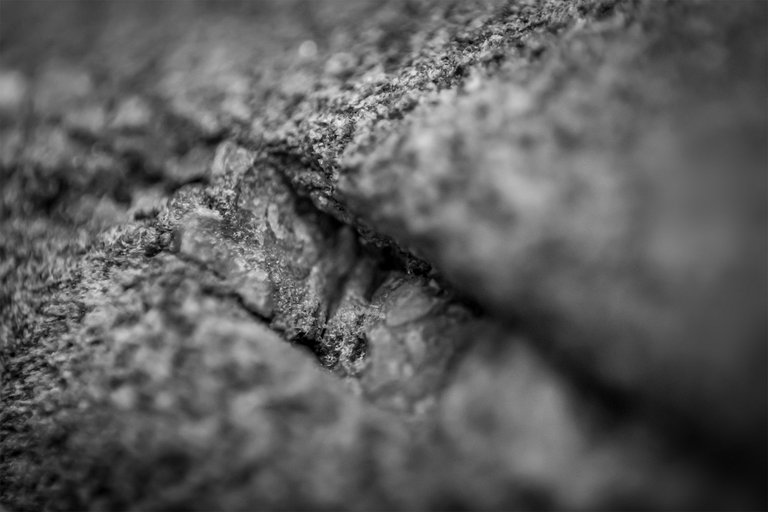
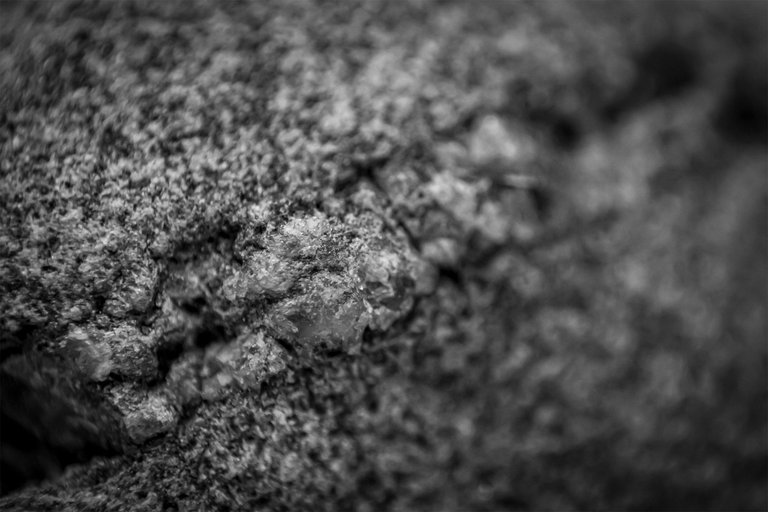
To finish, i leave you with some considerations regarding these photo sessions:
Examining miniature subjects through macro photography reveals a compelling domain where minute details assume significant importance. Immersing oneself in the intricacies of these diminutive objects allows for the recognition of the often-overlooked beauty within this microenvironment. Each image captures a fleeting moment, showcasing the complexity hidden within the small-scale elements of nature. The essence of macro photography lies in its ability to elevate ordinary subjects to extraordinary levels, offering an intimate and captivating perspective.
The session is closed for today.
Hope you like it :)

These photos weren't taken with a tripod
Camera - Canon EOS 600D
Lens - EFS 18-55mm
Location - Portugal

See you soon
Thank you for watching
Never forget
The price of anything is the amount of life you trade for it.
Time is life... value yours, make every fraction worth it.
Hello @aleister and thank you very much for your #monomad participation.
Please keep in mind that in order to be considered valid, and as stated in our rules, every entry needs to be posted in the black and white community.
Unfortunately we won't be able to consider this one for that reason. 🙂